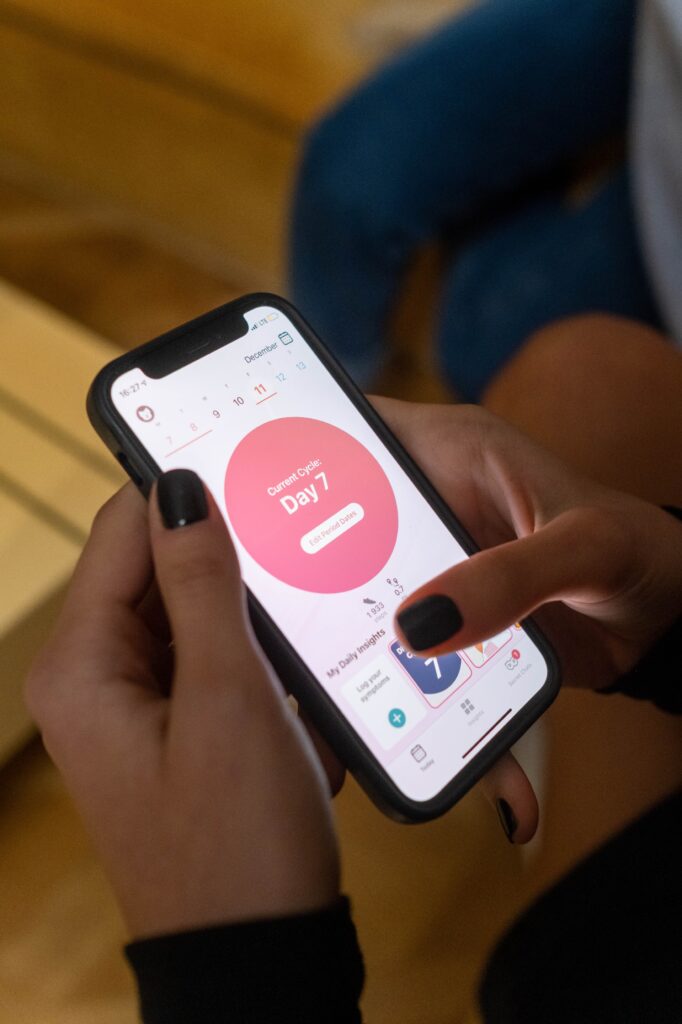Tracking your monthly cycle without relying on apps can be done using traditional methods that have been used for generations. Here’s a simple guide on how to do so:
1. Calendar Method:
Use a physical calendar or a notebook to mark the first day of your menstrual period. Count the days until the next period starts. This will give you a rough estimate of your cycle length. Over a few months, you’ll be able to identify patterns and predict when your next cycle might start.
2. Basal Body Temperature (BBT) Charting:
Use a basal thermometer to track your body temperature every morning before getting out of bed. Your temperature typically rises slightly after ovulation. By charting these temperatures daily, you can identify the shift in temperature and predict when you’re ovulating.
3. Cervical Mucus Monitoring:
Pay attention to changes in cervical mucus throughout your cycle. Around ovulation, mucus becomes clear, slippery, and stretchy – resembling raw egg whites. This indicates that you’re nearing your fertile window.
4. Calendar and Sympto Thermal Method:
Combine methods like calendar tracking, BBT charting, and cervical mucus monitoring for greater accuracy. By cross-referencing the data, you can pinpoint your fertile days and predict the arrival of your next period.
5. Cycle Beads:
If you prefer a physical tool, cycle beads or a fertility bracelet can help you track your cycle. These tools have beads of different colors that correspond to different phases of your cycle, helping you estimate your fertile days and menstrual period.
6. Period Tracking Bracelets:
Some bracelets are designed to help track your menstrual cycle using color-coded beads or symbols. Each color or symbol corresponds to a different phase of your cycle, allowing you to estimate when you might ovulate and when your period is due.
7. Menstrual Cycle Stickers:
Place small stickers on a physical calendar to indicate the start and end of your menstrual period. This visual method helps you keep track of your cycle length and identify any irregularities.
8. Use a Menstrual Diary:
Keep a diary where you jot down daily observations about your body, mood, energy levels, and any symptoms you experience throughout your cycle. This can help you identify patterns and predict your menstrual phases.
Remember that tracking your cycle without apps might require more effort and consistency compared to using digital tools. It’s important to note that these methods might not be as precise as app-based tracking, but they can still provide valuable insights into your body’s natural rhythm. If you’re trying to conceive or avoid pregnancy, consider combining multiple methods for greater accuracy.

